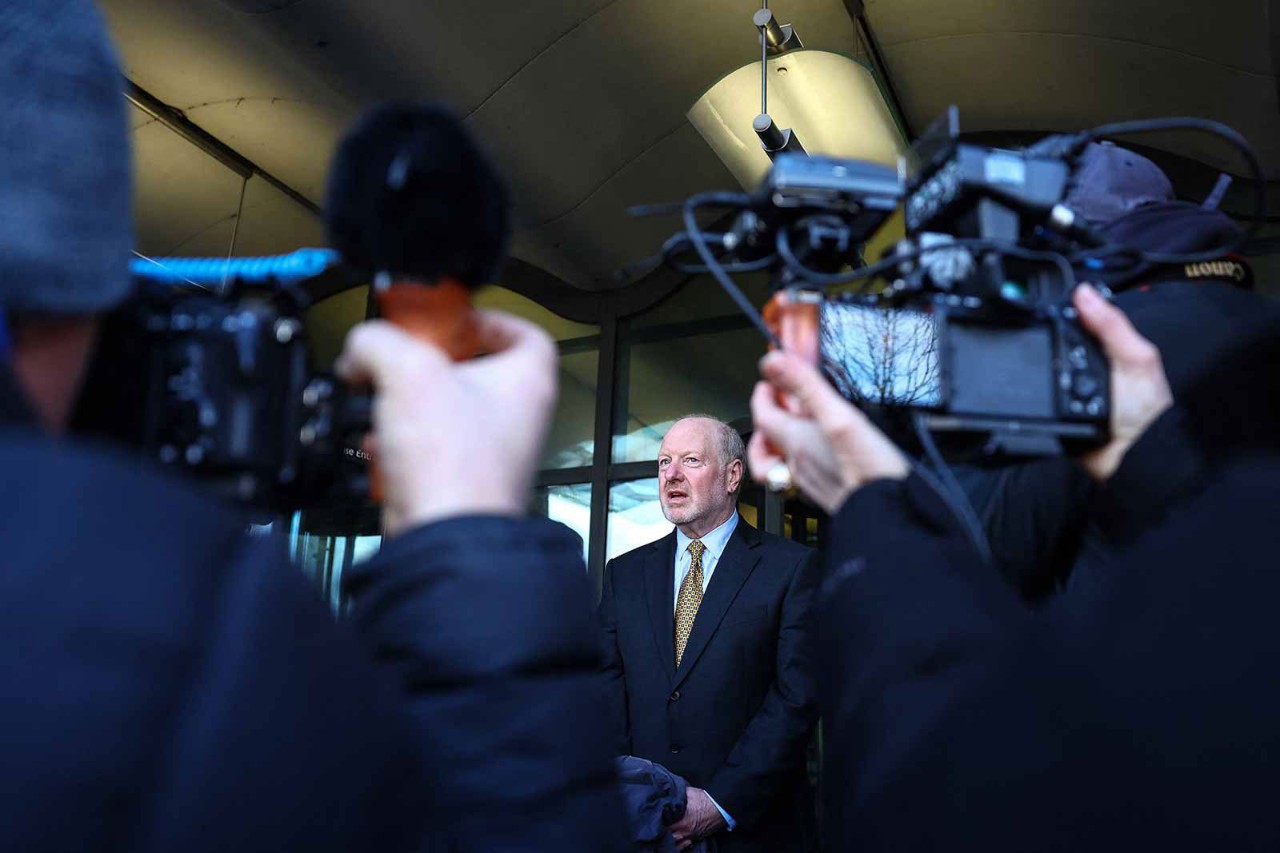
After all the fuss about sustainability reporting, it is refreshing to focus on financial reporting. IFRS 18, Presentation and Disclosure in Financial Statements, was published in April by the International Accounting Standards Board (IASB) and now a consultation is running (until 15 July) on Business Combinations – Disclosures, Goodwill and Impairment (see the AB article), amending IFRS 3, Business Combinations and IAS 36, Impairment of Assets.
Deals deliver a rich harvest of headlines to journalists and fees to financial professionals. This year is off to a flying start: ‘Blockbuster M&A deals more than double in first quarter’ blared a headline in the Financial Times, declaring an end to the deal-making ‘drought’ of 2023, which still ticked up about US$3 trillion of them.
Managements’ motivation can be questionable. Academic research has tended to conclude that 50% to 90% of acquisitions destroy value. More positive reviews – from EY, for example – suggest that it takes practice to get takeovers right.
The over-optimism of managements is an understandable human failing
Too optimistic?
But how do we know? Impairment tests of goodwill – an important part of assets acquired at premium valuations – deliver writedowns that lag behind any critical judgments reflected in the share price. The over-optimism of managements, whose earnings typically rise with size, is an understandable human failing.
So, investors and analysts rely on their own calculations to assess whether an acquisition is paying off – delivering a return on the investment that exceeds the company’s cost of capital. Crucial information includes how much was paid for the target’s equity; net debt taken on; integration costs and fees; what has been bought – sales and profits, assets and liabilities; what can be improved by the acquirer – costs reduced, revenues expanded; how long it will take to reach synergy targets and how much will be spent on the exercise.
Information can be patchy and scattered. Standardisation will help
Much of this information is already available thanks to published accounts, offer documents and presentations. The Takeover Code has rules about forecasting ‘quantifiable financial benefits’, directors are not supposed to mislead investors, and auditors crawl over much of the above. But the information can be patchy and scattered. Standardisation will aid both completeness and comparability.
The IFRS 3 proposals aim to help users of financial statements ‘assess the performance of a business combination’. Some of the draft requirements are spot on: disclose at the acquisition date the expected synergies, their cost and timeframe; follow up by quantifying progress against these targets and report in an audited note.
Devil in the detail
There is some devil in the detail. A key performance measure is operating profit as defined by IFRS 18. But this default number includes changes in balance-sheet values that analysts tend to ignore when forecasting future cashflows. So, they will stick with their preferred version of NOPAT: net operating profit after tax.
The threshold for applying the disclosure requirements is a compromise at 10% of the acquirer’s revenues, profits or assets. The rules should also apply to serial acquirers whose aggregate spending reaches this threshold. And exemption on the grounds of potential prejudice to achieving bid objectives should rarely be justified.
Goodwill is a balance sheet/balancing number, not a statement of valuation
The mistaken idea that impairment testing can provide a timely guide to the performance of an acquisition is laid to rest in this exposure draft, which offers little to resolve the problem of acquired asset values being shielded by ‘headroom’ within the unit they have joined. Goodwill is a balance sheet/balancing number, not a statement of valuation.
Impairment testing retains its value as a hook for auditors to challenge management assumptions and for investors to hold directors to account. But the underlying question remains about how to account for intangibles in a consistent way, hence the IASB’s review of IAS 38 and the UK Endorsement Board’s call for an international debate on the subject.
As the M&A cycle cranks up, we should welcome any improvements to information that help answer the question: was it worth it? But I fear my favourite headline will still often apply: ‘Nice strategy, shame about the price’.



